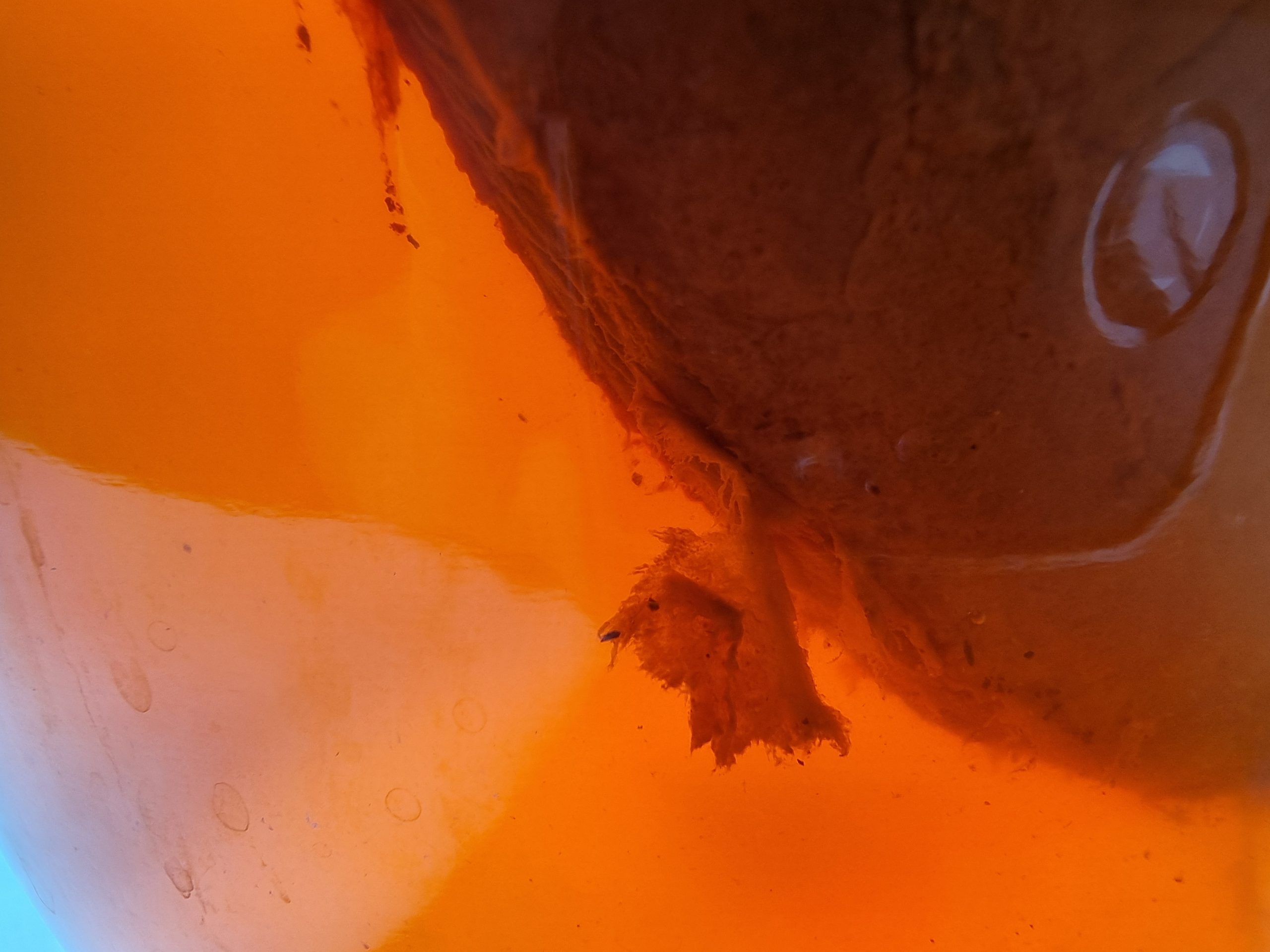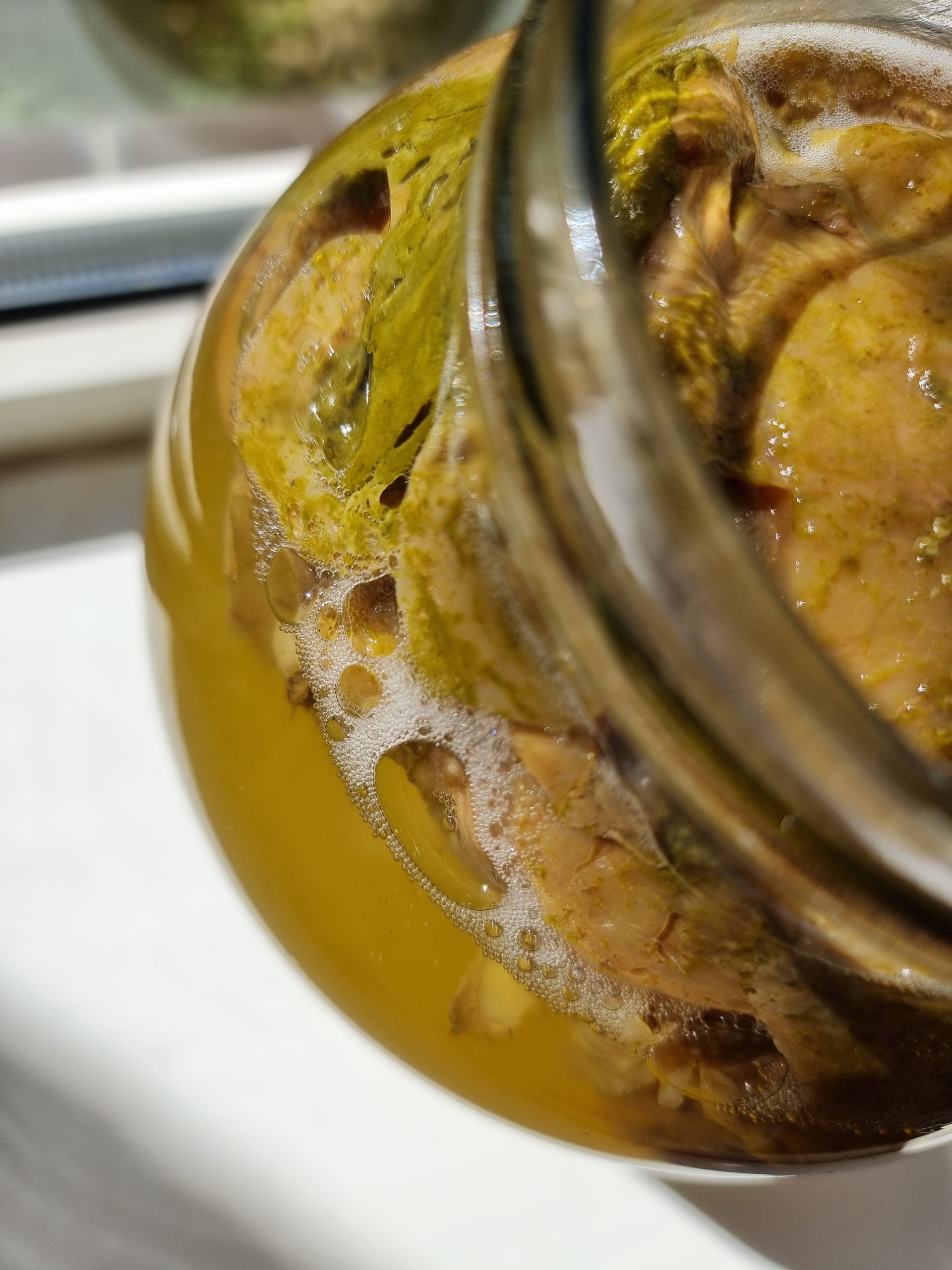
In the simplest words – kombucha is fermented tea. However, I like to say that saying that kombucha is fermented tea, is like describing wine as a fermented grape juice. It’s true, but we all know it’s more than that 😉
To start to make your own kombucha at home you need basically 5 things:
- Tea
- Water
- Sugar
- SCOBY
- Jar
That’s it! But before you dive into your own kombucha journey, I would like to list something that I find even more important than basic equipment. Some tips that would allow you not only to start, but successfully continue your brewing, learning how to shape your kombucha and discovering your own kombucha taste.
So those are key factors that – in my opinion – give you a good structure for successful and constantly improving home kombucha brewing:
Consistency
I believe consistency is a key that applies to most of the things we do, but for fermentation is truly a base. Why? It’s quite simple. You just need to understand what you like to drink and you have to wait for the results of your creations. So consistency and patience are key factors for successful brewing. You need to commit to regular brewing, keep your SCOBYs fresh and active. It takes time, space and energy. But results are worth it – you will have repetitive results, you will be able to predict and control your results. And that’s always the most tricky part!
Hygiene
Since I am making raw and unpasteurized kombucha – hygiene is super important to avoid any mold and contamination. Make sure your containers (I recommend glass) are cleaned with soap and rinsed properly. You shouldn’t have any residue on the surface. I recommend having containers dedicated to brewing only. Always use fresh clothes to cover your kombucha jars while brewing and change them regularly. Don’t allow them to get wet from bubbling kombucha and make sure your SCOBY doesn’t touch the surface of the cloth during the fermentation process.
Proportions and quality
Let’s start with quality. I truly recommend loose tea leaves for your brewing. First of all – you have a significantly better aroma and flavour of your tea, and second, equally important – it is less processed tea. High quality, loose tea leaves will affect the amount of wild yeast in your brewing base, which is crucial for balanced, fresh and joyful kombucha. I also recommend using filtered water (for home use filters like Brita are fine, it doesn’ t have to be anything more than that). Using water filters makes the whole process more time consuming, but the final results give you a better clarity and softer profile. It is a thing worth investing in, it truly elevates your kombucha.
I also make a whole batch of tea for my brewing. What does it mean? I prepare 3,5 l of tea leaves infusion and I wait until it cools down to add my SCOBY. For that amount I use approx 35 – 42 g of tea and I steep it in the right temperature for the particular tea I use. That way I am sure the tea base has the right flavour.
And about proportions- it all depends what kombucha you like. For stronger, sweeter, more vinegary kombucha – I recommend 90 – 100 g of sugar per liter of tea. For softer, milder in flavour, suitable to keep in the fridge for longer – 75 – 80g per liter, or even less, if you like your kombucha dry.
I would say – start with 90 g of sugar and see what results you get for the first try. It’s a first step for successful brewing!

Time and temperature
The relation between time and temperature is simple – the warmer your room is, the faster your brewing will be completed. I’ve noticed that fermentation starts after 1 day in the temperature above 21 – 22 Celsius. During winter I allow myself to heat up my jars from a distance with heating lamps, so yeast can start to work. Also the proportion of your SCOBY and starter plays a role in how fast your kombucha will be ready. In general it should be around 10% – 20% of your brewing container. I use quite a big SCOBY and my brewing takes around 7 days (3-5 with very yeasty, high quality tea). The best test to check if your kombucha is ready are: smell and foam/bubbles. When you reach a sweet, fresh slightly vinegary smell – it means your kombucha is on the way. You have to see if you can see small bubbles forming under the SCOBY. When it gets bubbly – it’s ready to bottle, but you can always taste your kombucha with a clean spoon. If you feel there is still some sugar to process – leave it for an extra day or two.
Patience
Patience not only for the brewing process. Patience for allowing yourself to explore, learning and creating something that brings you joy. Try new flavors, new combinations of tea. Check what works for you and what doesn’t. If something goes wrong – try again and keep going 🙂 After all, you make something for your pleasure – it’s worth committing to that!

Leave a Reply